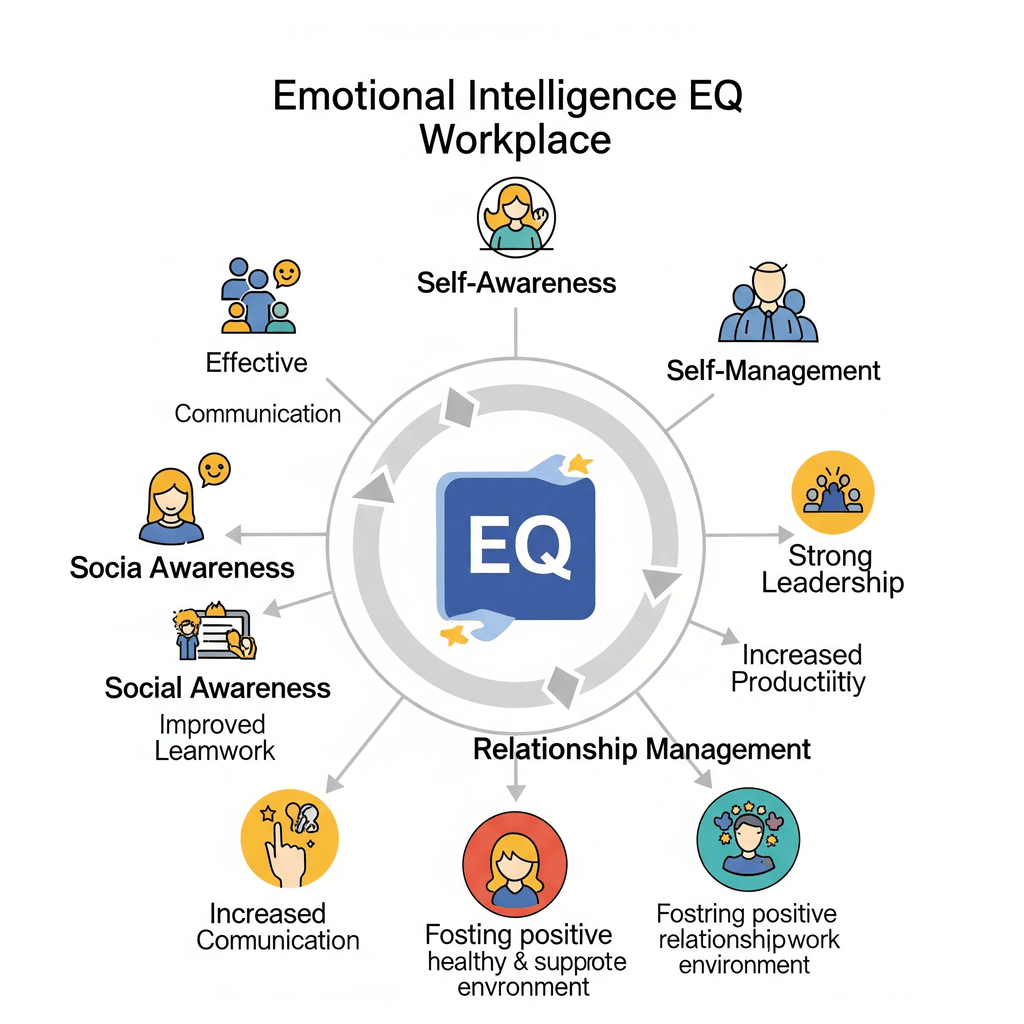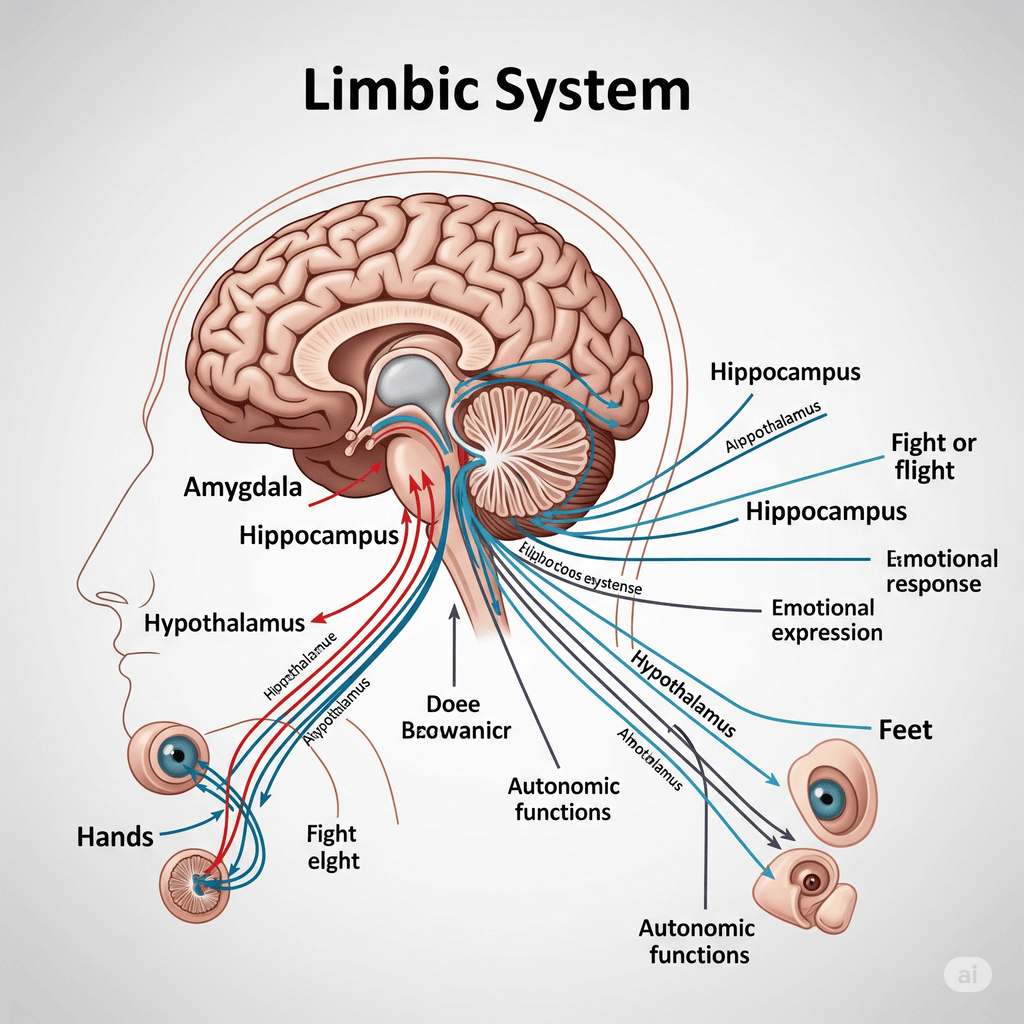Exploring the Power of Emotional Intelligence in the Workplace
In this modern era, emotional intelligence has become one of the most sought-after skills in the workplace. Although often overlooked, the ability to understand and manage emotions—both your own and others’—is a key determinant of professional success. This article will discuss several key concepts regarding emotional intelligence and why it is crucial for your career.
What is Emotional Intelligence?
Emotional intelligence is the ability to recognize, understand, and manage emotions, both in yourself and in others. According to Shoshona Zuboff, a psychologist at Harvard Business School, companies have undergone a radical revolution in this century. This has created a need for better interpersonal skills, replacing manipulative managerial styles with a more empathetic and collaborative approach. Emotional Intelligence.pdf.
However, how can you practically build emotional intelligence? The book discussed provides concrete steps that you can apply to enhance this ability…
Why is Emotional Intelligence Important?
- Improving Work Relationships
Emotional intelligence helps in building better relationships at work. With the ability to understand others’ emotions, you can communicate more effectively and avoid unnecessary conflicts. This creates a more harmonious and productive work environment.
However, there are three common mistakes that often occur when trying to apply emotional intelligence in daily interactions, which are thoroughly dissected in our summary…
- Promoting Effective Leadership
Leaders with emotional intelligence tend to be more successful in motivating their teams. They can read the moods and needs of team members, allowing them to provide the right support.
A comprehensive framework for applying emotional intelligence in leadership is discussed in 5 specific steps in the book…
- Enhancing Individual and Team Performance
Employees with high emotional intelligence are better able to manage stress, which positively impacts their performance. They are also more likely to collaborate with coworkers, improving overall team outcomes.
Advanced techniques of this concept, including templates and practical examples, are part of the exclusive insights we have prepared at MentorBuku…
Overcoming Challenges in Enhancing Emotional Intelligence
Although important, enhancing emotional intelligence is not easy. It requires self-awareness and consistent practice. Here are some ways to tackle these challenges:
- Self-Reflection: Take time to reflect on your emotional reactions in various situations. What triggers certain emotions? How do you respond?
- Active Listening: Train yourself to listen attentively when interacting with others. This will help you better understand their perspectives.
- Managing Stress: Find stress management techniques that suit you, such as meditation or exercise, to help maintain your emotional balance.
If you want to delve deeper into how to overcome these challenges and reap the benefits of emotional intelligence, we have an in-depth guide you can access…
Conclusion
Emotional intelligence is a highly valuable skill in today’s workplace. By understanding and managing emotions, you not only enhance relationships with coworkers but also drive team and personal performance. Having high emotional intelligence is the key to success in your career.
This article is just a spark. Imagine if one idea from here could change the way you work or think. Now, imagine what dozens of other strategic ideas could do. That is the power waiting for you.
Sign up and Get Free Access at MentorBuku Now!


Rekomendasi Internal Linking
Read also : Don’t Believe Everything You Think by Joseph Nguyen
Read also : How to Win Friends & Influence People by Dale Carnegie

